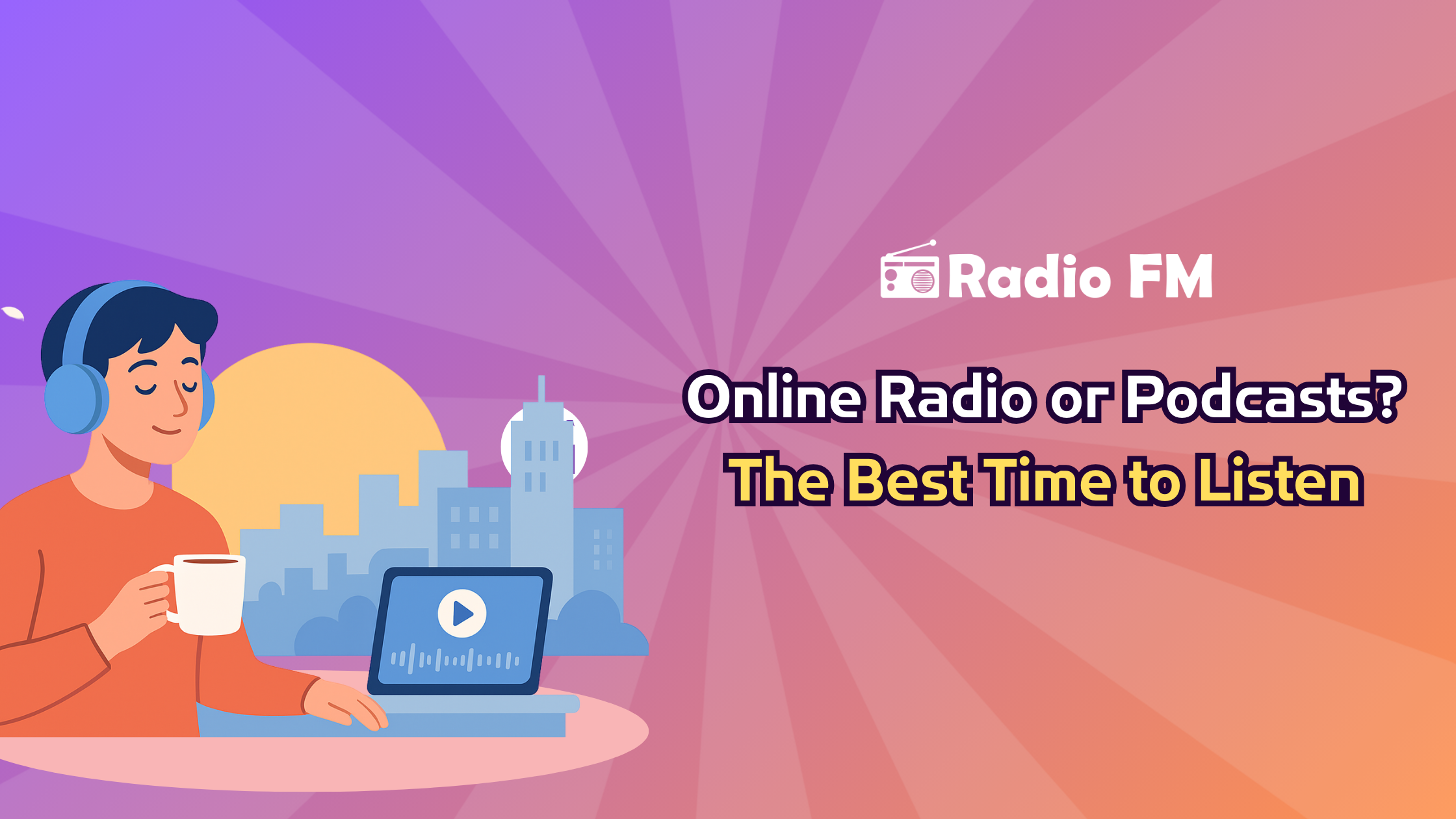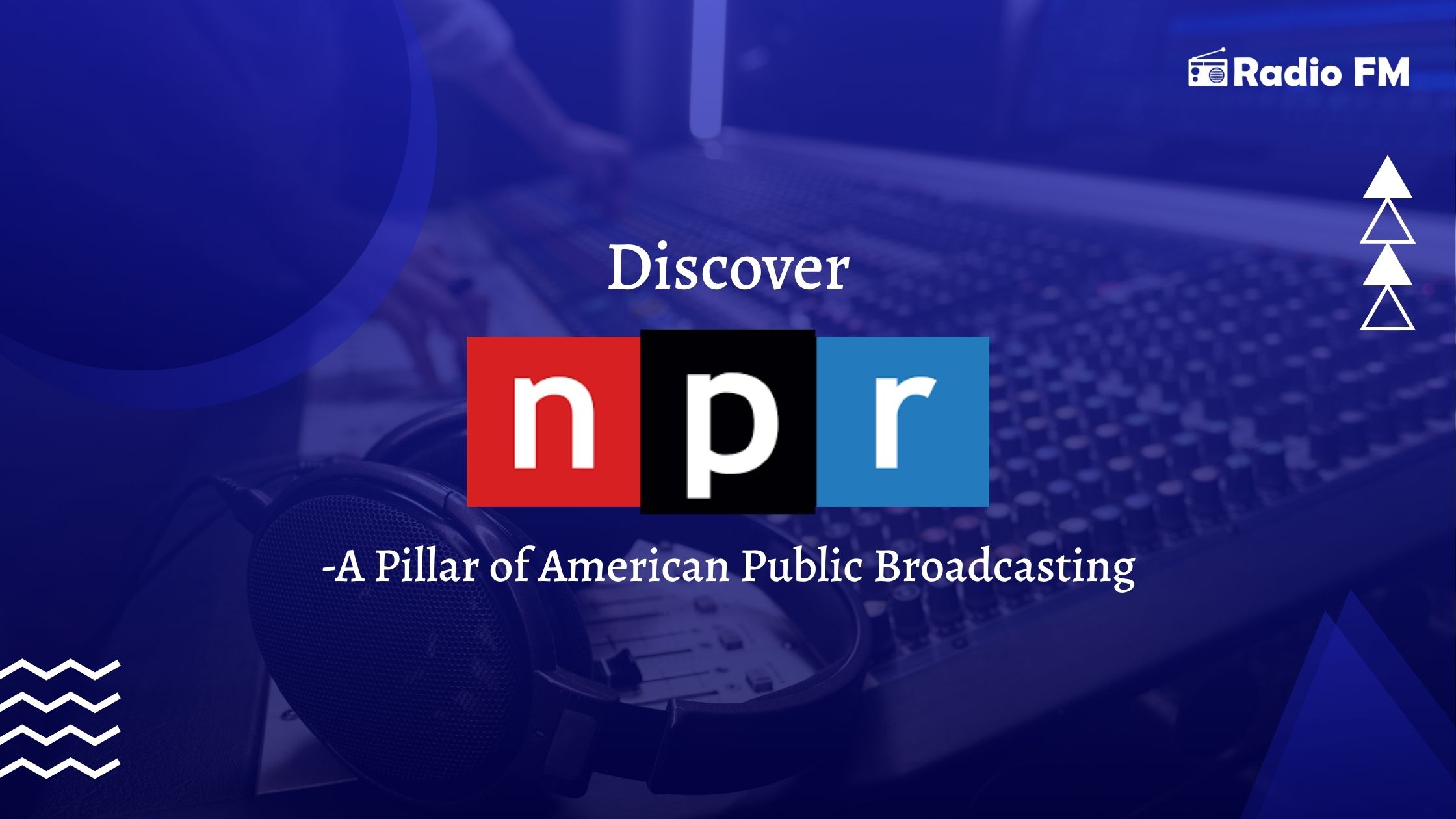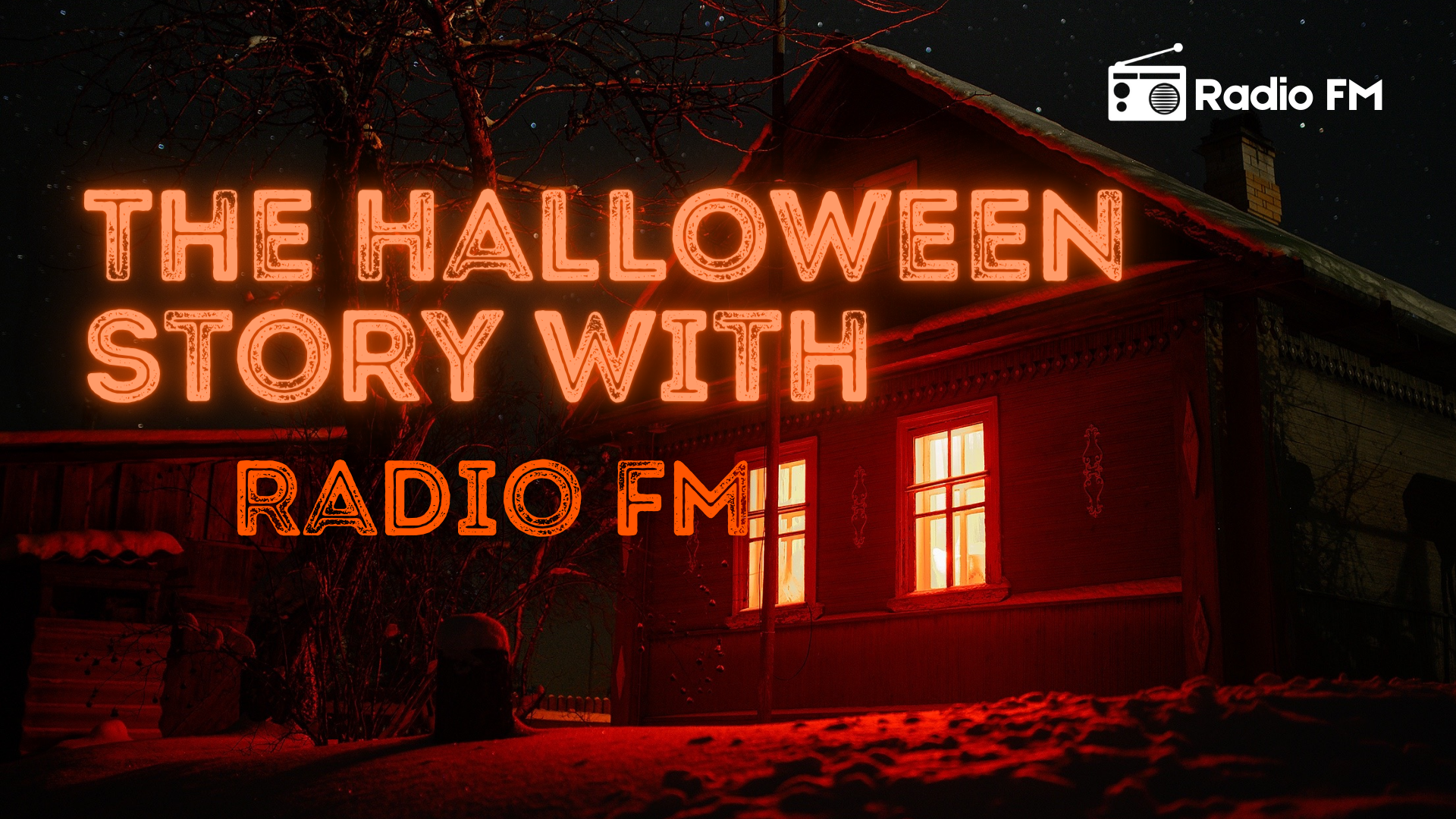
The Halloween Story with Radio FM
Halloween is finally here! There is a lot to look forward to, from brainstorming spooky costume ideas to experimenting with pumpkin carving ideas with your kids, to consuming incredible amounts of Halloween goodies, candy, and chocolate and savoring whatever has a pumpkin flavor holiday—definitely going to be a fun October.
Irrespective of your age or how many times you've walked the neighborhood, Halloween never goes out of style. The little ones have the opportunity to dress up and play pranks, and parents have an excuse to enjoy a Halloween cocktail.
But between Halloween games and sugar fever, have you ever wondered about the origin and history of Halloween?
Here we share the origin and meaning of Halloween, hoping that it will make your experience even more enjoyable. After all, this old-fashioned party dates back many, many years. It is much older than you think! What about the witches and wizards you have come to associate with? Are they part of the story? Here is the real story of the official Halloween creation.
You definitely know that Halloween takes place on the last day of October, but there's something you might not know: the word itself means 'hallowed evening' and was known by the Europeans as All Hallows Eve. All Hallows' Day (October 31) and All Saints' Day (November 1) paid homage to the saints ("sanctuaries" = saints). The name was eventually shortened to "Halloween."
However, pagan and Christian occasions were not always consecutive. In the 7th century AD, All Saints' Day fell on May 13. Perhaps in an attempt to make up for this occasion with a religious holiday, Pope Boniface IV moved the celebration to the current date of November 1.Why do we observe Halloween on October 31?
Halloween falls on October 31 because on that day was the ancient Gaelic festival of Samhain, considered the oldest known root of Halloween. It marked a pivotal time of the year when the seasons changed. Still, more importantly, observers also believed that the line between this world and the next became particularly narrow at this point, allowing them to connect with the dead. Other cultures share this belief; a similar idea is evoked around the Jewish holiday of Yom Kippur, which usually takes place in October and includes prayers for the dead. Here, too, Halloween acquires its "haunted" connotations.
History of Halloween activities
The first pagan festival of Samhain involved many ritualistic ceremonies of connecting with spirits, as the Celts were polytheists. Although few details are known about this holiday, many believe the Celts celebrated in disguise (of course, they were probably as simple as animal skins) as a ghost disguise, attended special festivals, and built lanterns by digging pumpkins (hence the story of the Jack-o' lanterns). Over time, as Christianity took control and the nuances of pagan holidays faded, basic Christmas traditions continued to be a part of pop culture year after year; they just evolved and modernized them.
The mystical rituals of yesteryear have evolved into more playful and fun games. For example, the rather complicated concept of connecting with the dead has been replaced by the happier idea of predicting the future. Shaking the apple, for example, became popular as a guessing game: apples were selected to represent all of a woman's suitors, and the boy (uh, apple) came over to bite. He had to represent her—future husband. Indeed, Halloween was once a great (albeit superstitious) wedding opportunity for young women in the 19th century.
Another popular Halloween ritual was to look at yourself in the mirror, as people expected to have a vision of their future by looking at themselves in the mirror. There are also reports of favors similar to lucky cakes given in the past. People wrote messages on milk paper, and then the notes were folded and put in nutshells. The skins were heated over a fire, making the milk brown enough for the message to appear mystically on the recipient's card.
What is a Halloween Music?
Before we delve into what makes Halloween music look like Halloween, I had to ask myself: what exactly is "Halloween Music"?
Halloween music are popular songs on or leading up to Halloween; the types of songs that would appear on Spotify's "Ultimate Halloween" playlist, or the songs you would play at a Halloween party. These songs don't have to be written explicitly for Halloween, and they just have to be popular at this spooky time of year.
Some popular Halloween songs include Bobby's classic Halloween novel "Monster Mash" "Boris" Pickett, and Crypt-Kickers, soundtrack titles such as "This Is Halloween" by The Nightmare Before Christmas, "Ghostbusters" by Ray Parker Jr. Rock anthems, including Blue Oyster Cult's "Don't Fear the Reaper," and AC/DC's "Highway to Hell" as well as disturbing pop songs like Imagine Dragons' "Demons" and the Eminem ft. Rihanna "Monster."
An article was written by the New York Times summarizing trends in Spotify's streaming activity around Halloween. The song claims that Halloween music streaming activity starts to pick up about two weeks before Halloween. Who listens to Halloween music? According to data, Utah is the most popular state for Halloween music. The majority of communities that play Halloween music are predominantly white, and the largest population that listens to Halloween music is made up of women aged 30 to 40.
Some Halloween Stations to listen to:
GotRadio - Top 40, DeadAir.co The Sound Of Halloween, RADIO LA LUZ, Halloween Radio Oldies, Halloween FM, 60's Chicks Radio, Horror Theater, Halloween Radio Soundtrack, 562 LIVE, Into The Paranormal, Big R Radio - The Halloween Channel, Halloween Dead Air 98point3FM, Honkytonk Hootenanny FM, NRJ HALLOWEEN HITS, Blood Moon Ritual Radio, Vagalume.FM – Halloween.
Conclusion
Halloween is still a popular holiday in America today, but it hasn't crossed the Atlantic. The Puritans disapproved of the pagan roots of the holiday, so they did not participate in the holiday. But as more Irish and Scottish immigrants began to arrive in America, vacations returned to the spirit of the times. America's first colonial Halloween holiday included big holidays celebrating the next harvest, telling ghost stories, singing, and dancing.
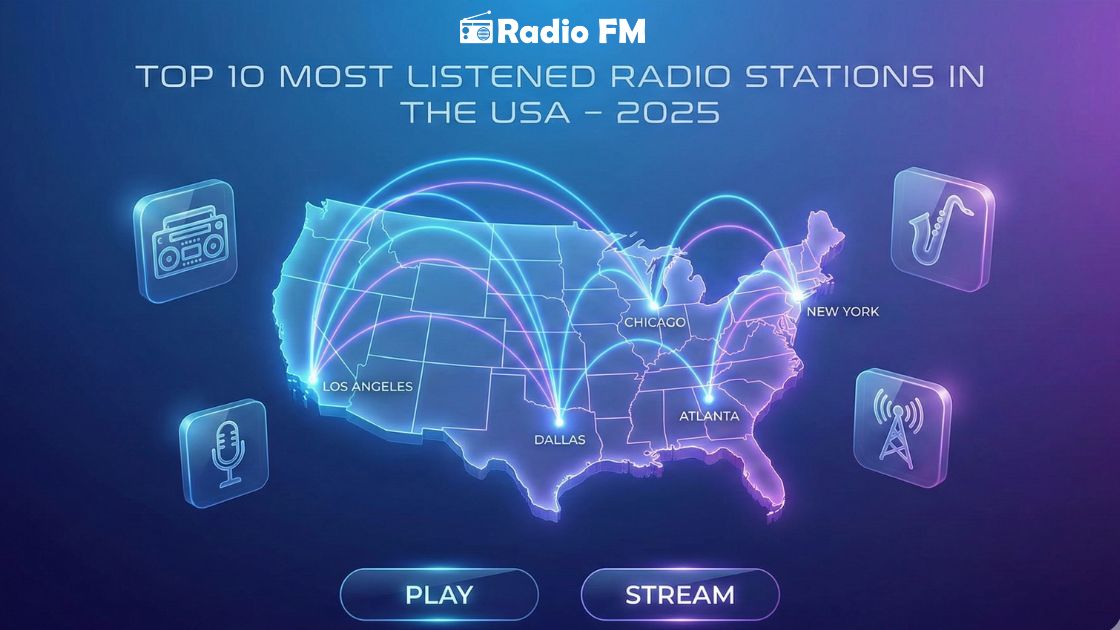
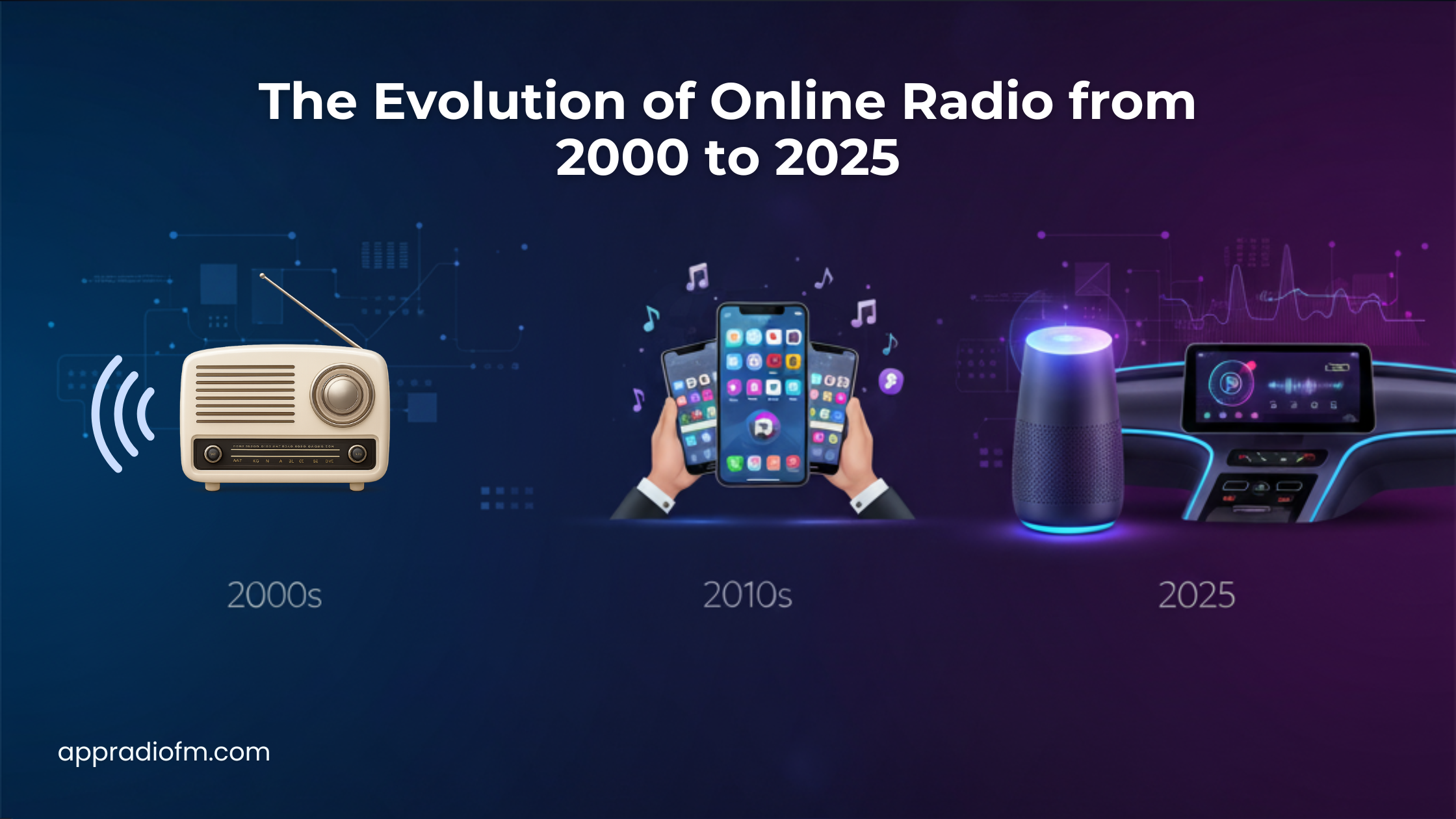
.png)
